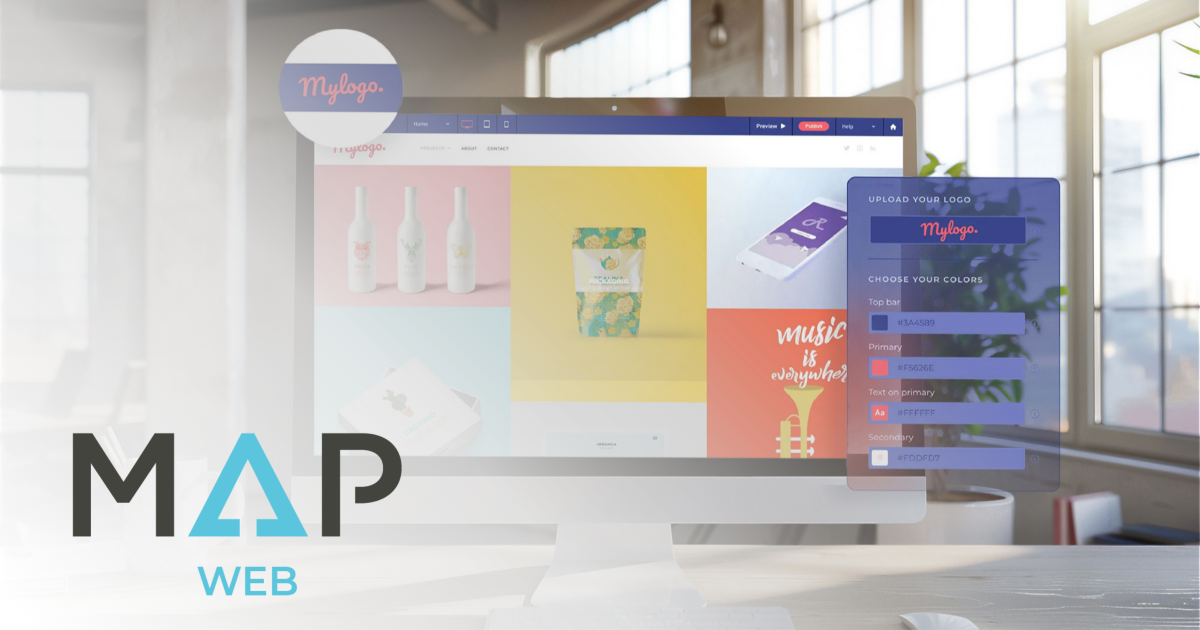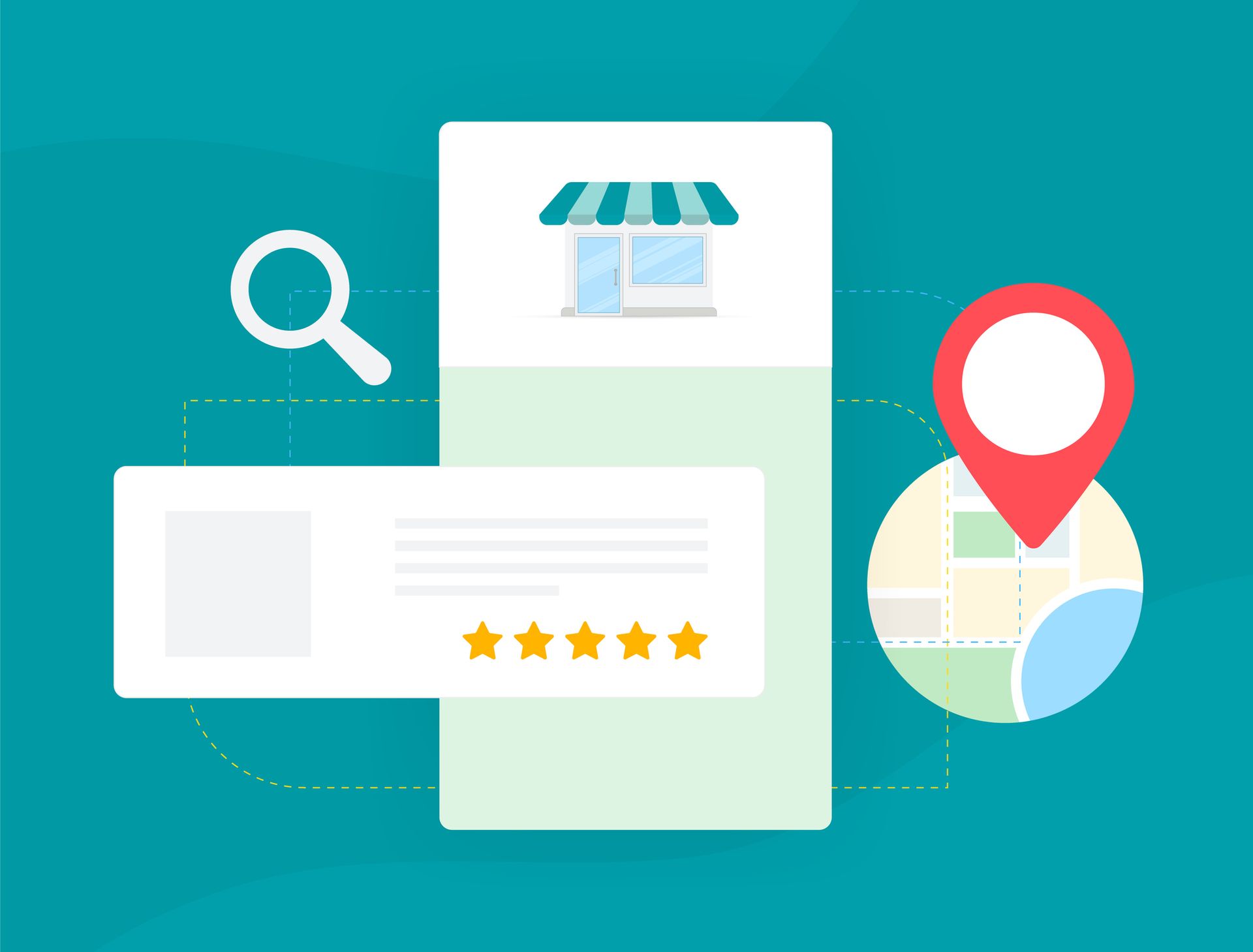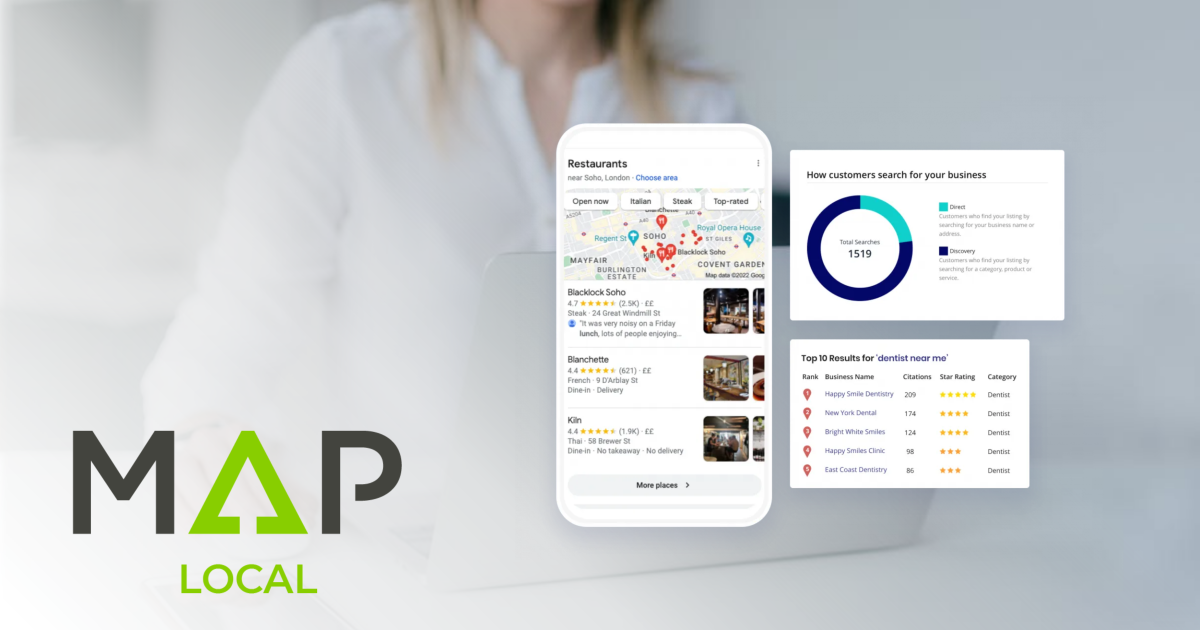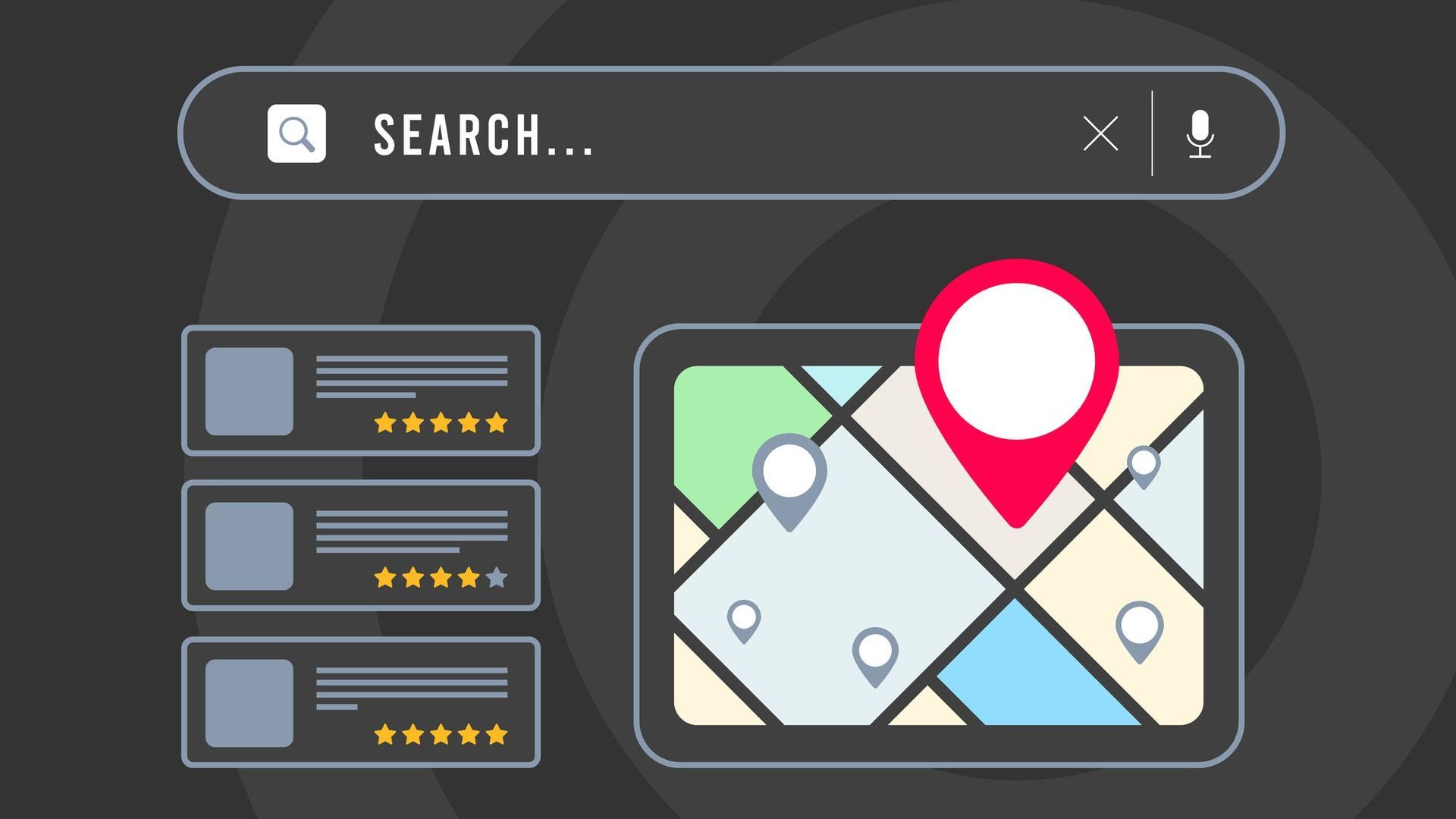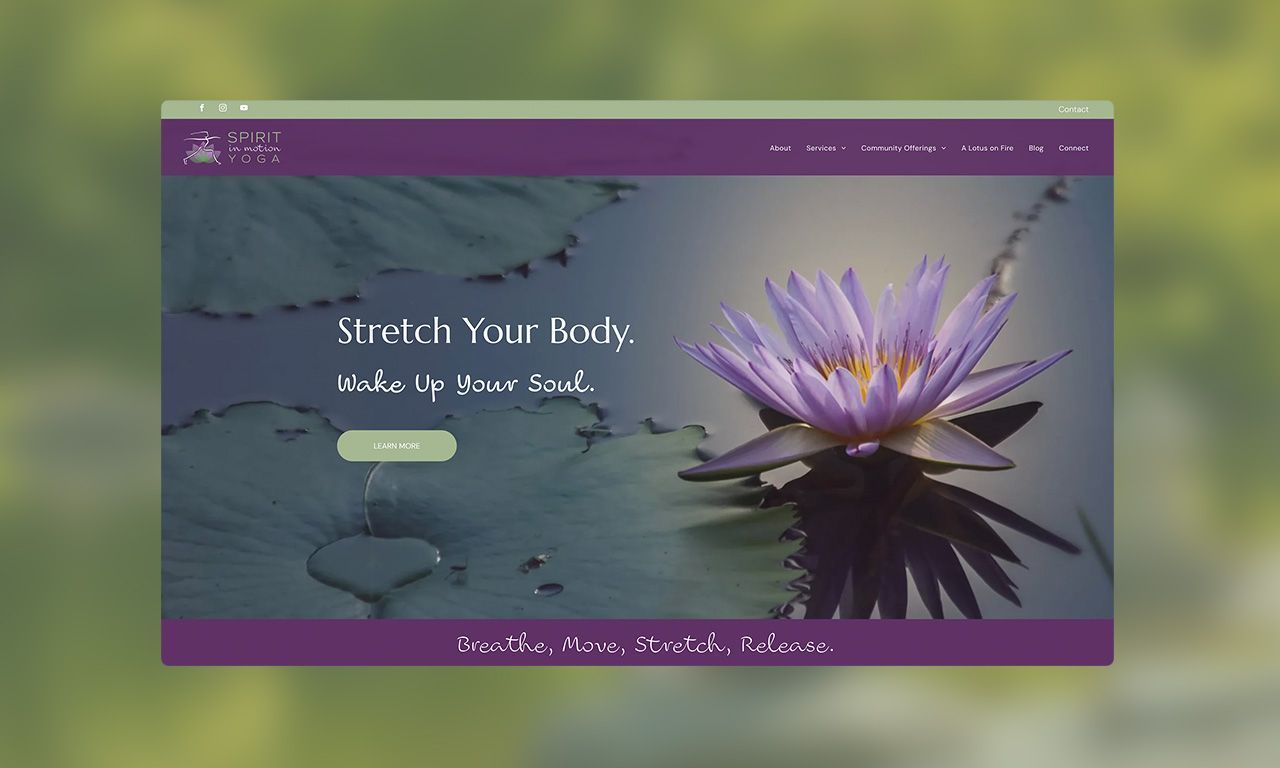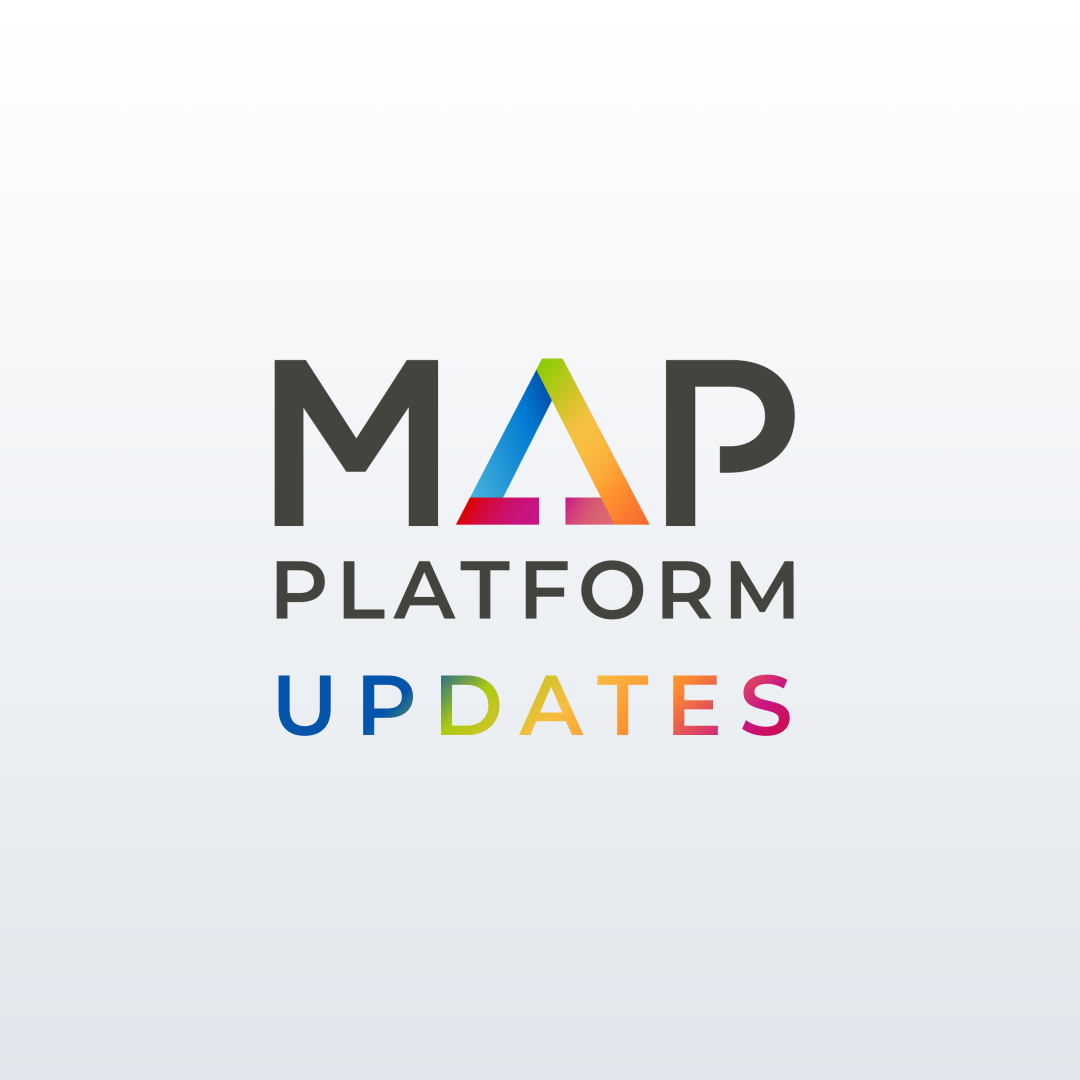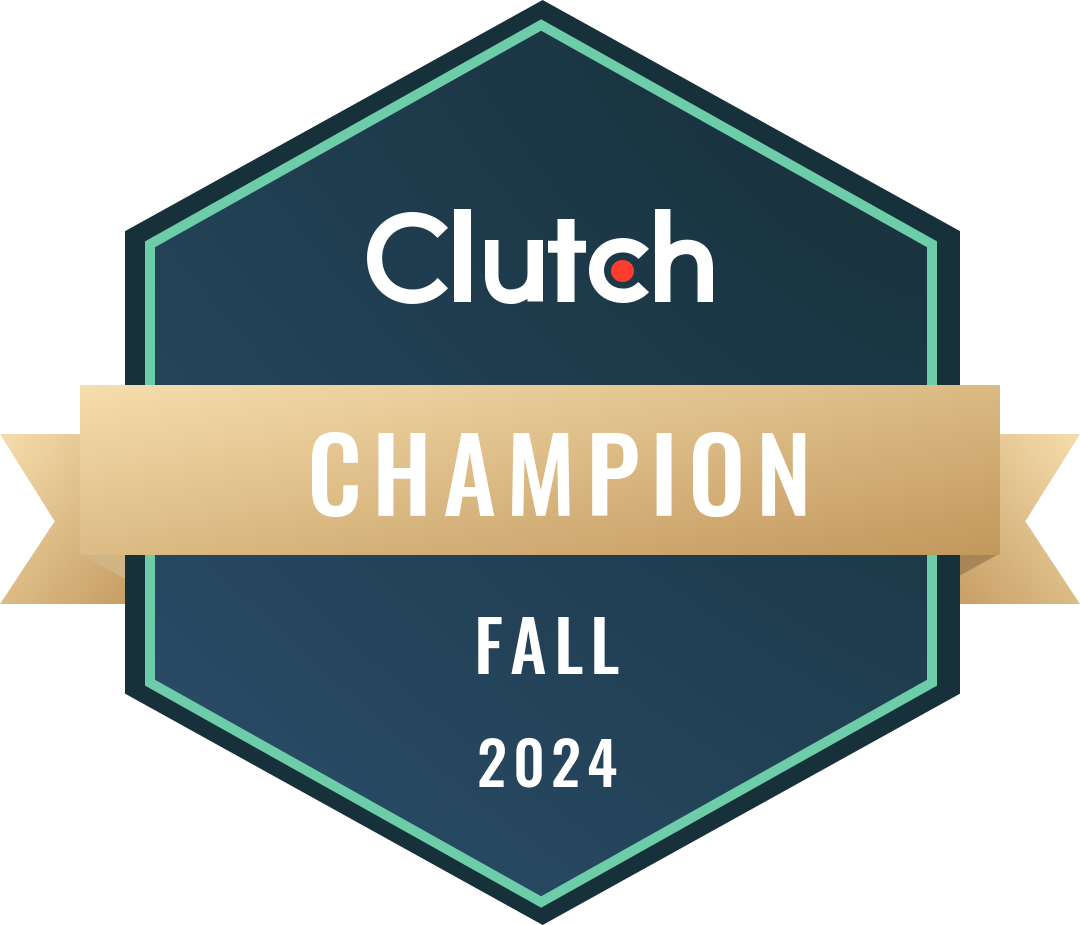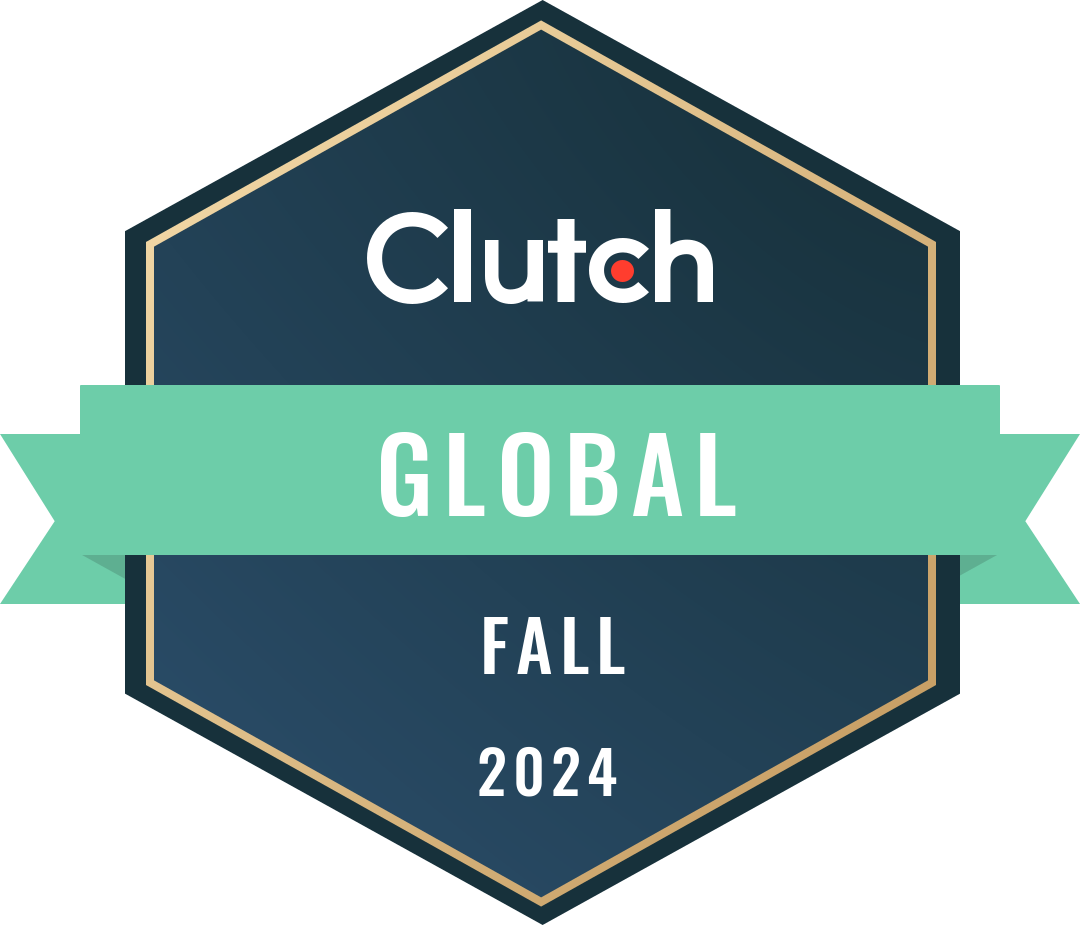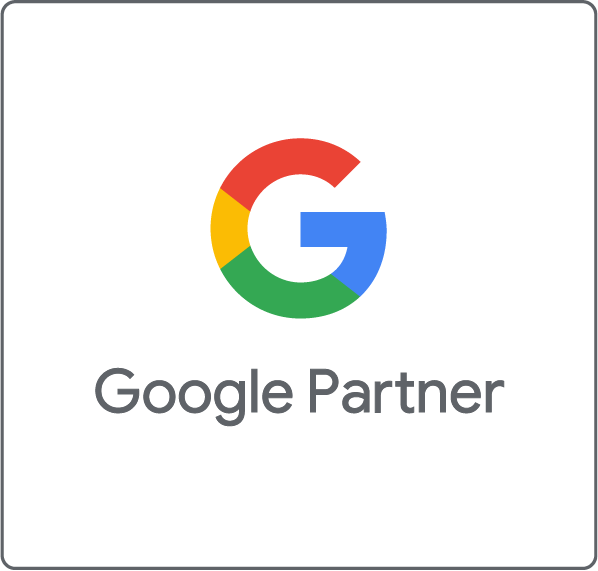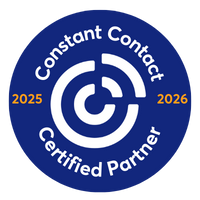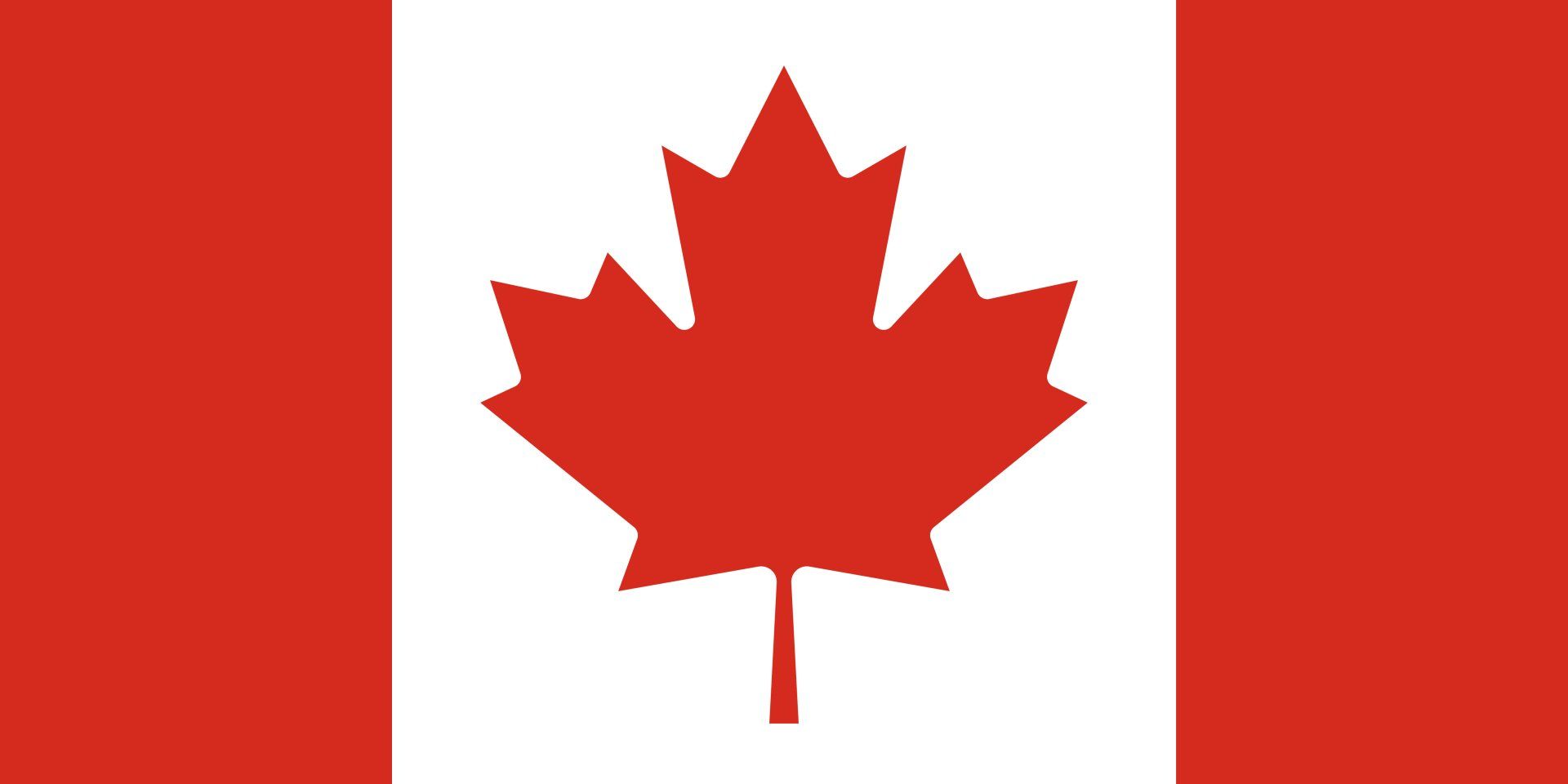The Structure of a PPC Digital Marketing Plan With Conscious Commerce Corporation
Conscious Commerce • April 15, 2020
You don’t have to be a marketing professional to know that digital marketing is an increasingly essential part of modern business. Companies of all sizes dump vast resources into developing the ultimate online advertising campaigns.
One successful strategy is pay-per-click advertisements, also known as PPC ads. However, generating an effective PPC campaign is more challenging than it may seem, and many small business owners become frustrated with PPC.
One study
by Banner Blindness indicates that merely 2.8% of users believed ads on a website were relevant. This inability to appeal to the audience’s interests accounts for the common inefficiency of poorly-implemented digital marketing plans.
So, how can you create an effective digital marketing plan that leverages everything PPC has to offer?
Implementation Tips for Effective Online Marketing
A digital marketing plan is more than just a list of instructions for the sales department. It’s a detailed breakdown that maps out your company’s entire approach to paid marketing.
It’s not a job for a single group in your organization either. Identify your brand and subdivide it into different categories. Once you build independent digital campaigns for each of your sub-brands, you can ensure synergy among your advertisements.
For example, say you have a company that sells car windshields. You might divide your advertising into a B2B sector, a B2C sector, a repair service, and a special division focusing on your rain-repellant offerings.
Digital marketing is most effective for B2C advertising, specifically in the fields of consumer education and eCommerce conversion. But that doesn’t mean it can’t perform well in a B2B environment.
Overall Campaign Structure
Regardless of the sub-brand or business, the overarching campaign structure is mostly the same. Variations in each part of the sales funnel depend on company goals, the number of campaigns, types of advertisements, ad messaging, CTAs, and budgets.
The main difference is how and where you present that information. Here are a few common strategies that we use in our PPC marketing campaigns.
Top of the Funnel (TOTF) - Facebook Network & Google Display
Action: Awareness & Education
At the top of the funnel, the idea is to cast a wide net and find potentially interested users who are likely to click on the advertisements, visit the website, or interact with social media pages.
Once you have these touchpoints online, it’s time to capture their information and use it to move down the funnel. Build a “digital persona” of the type of customer you will be aiming for and begin sending more specific advertising messages. You can also look for similar audience demographics.
TOTF sales funnels are primarily broad interest groups. These customers actively shop in areas of the market related to your business’s products and services.
Potential TOTF Audience Examples
Having a type of audience to target will guide your digital marketing plan. Let’s take a look at an example of a plumbing company.
When advertising to customers, there may be a certain group of individuals interested in specific plumbing problems that will search online for plumbing maintenance services. Others will be actively shopping for deals on DIY tools and products.
Think about other companies that these users might search for and ensure that your advertisement campaign targets those customers as well. Another step is to make sure that your ads target websites that have keywords related to your products.
The goal of this stage is to build awareness and education by creating relevant content that appeals to a user’s search intent.
Middle of the Funnel (MOTF) - Facebook Network
Action: Education & Engagement
The middle funnel consists of both past customers and those who have engaged with your company’s advertisements before. These users are aware of the basics of your industry but want to dig deeper into potentially interesting products and services.
At this point, your campaign messages should get specific, as you are closer to a sale but aren’t quite there yet. Since the customers in MOTF have already shown their interest, we can consider them “low-hanging fruit.” Offering special promotions or discount codes are an excellent way to push them down to the bottom of the funnel.
The goal here is to engage these users by providing them with incentives to convert. This may be through educational content that reassures their pain points or a well-timed discount that seals the deal.
Potential MOTF Audience Examples
There are many sources to find examples of MOTF audience members. Some of them include:
- Lists of customers from CRM database uploads
- Clients who have engaged with your business’s ads before, whether they’re video advertisements or online forms
- Web page visitors, especially regular ones
- Social media page users, including those who have “liked” posts on Facebook or Instagram
Bottom of the Funnel (BOTF) - Facebook Network (Catalog Sales) & Google Search
Action (Conversion)
At the bottom of the funnel, customers have been driven from the top and middle funnel and are ready to make a purchase. It’s your job to push for the conversion, and remarketing is crucial at this point in the digital advertising plan.
Customers who are using Google Search to find your business are at the bottom of the funnel for you, but searchers like these can run independently from the funnel entirely. These users already know what they want and have gone through their own sales journey. Your only job is to ensure that your ads show up when they search.
The goal is here to position your products and services in a favorable way that will increase the chances of securing a sale.
BOTF Audience Examples
The network of users who have viewed products on your site are examples of BOTF audiences. It’s best to use catalogue feeds to remarket products to returning visitors.
As mentioned, users coming to your site from a Google Search are also at the bottom of the funnel.
Lookalike Audiences
When enough users become customers or engage with our digital properties in the MOTF and BOTF stages, we can create Lookalike Audiences. These are groups of customers that look like the ones we’ve engaged with.
They have seen our digital properties, added items to the cart, or even made a purchase before. Once they go back up to the top of the funnel, they will likely proceed through it more quickly since they’re already familiar with your brand.
Sub-brand/Business Specific Recommendations
Because each subdivision of your brand has its own unique attributes and goals, the process you take through the sales funnel should differ for each of them.
Another strategy to keep in mind is to recognize actively what additional opportunities your business might have. Doing so is more important than ever during the COVID-19 virus pandemic.
As regular streams of revenue dry up, companies must rethink their business models
and search for new ones.
- Restaurants are transitioning to takeout only
- Gyms might start offering online training sessions.
- Brick and mortar stores are transitioning to online
Similarly, these organizations may turn to paid advertisements to drive extra revenue. Remember, a large portion of your customer base is likely working from home and more accessible than ever.
Here’s What You Need to Do Before We Start
Here’s a quick checklist before we can get started building your company’s next digital marketing plan.
- Code Placement. Place an HTML tracking code on your website and social media pages to gather information on client usage data.
- Google Account Access. We will find the primary account admin and set up your Google account once we have the right permissions that will grant us access.
- Ecommerce/Catalogue Feeds. We will use updated photographs and other elements of eCommerce for Facebook Network Catalogue Campaigns. The photos sell the product, so it’s important that they look professional.
- Audience & Messaging Conversation. Before we start building any creative or writing ad copy, we need to know who your ideal target markets are. Some extra detailed information helps too, including the strengths and barriers to success each sub-brand of your business experiences. This way, we can design creative messaging that speaks directly to your markets.
Ready to Get Started? Let CCC Empower Your Digital Marketing
Building a digital marketing plan is no easy task. There are many steps and variables to keep track of if you want to appeal to the right customer at the right time.
Book A Call
Are you looking to grow your business in the digital age? Let Conscious Commerce Corporation build a digital marketing plan that turns your browsers into buyers.
Book a call
with a member of our team today to see how we can help you grow big.


